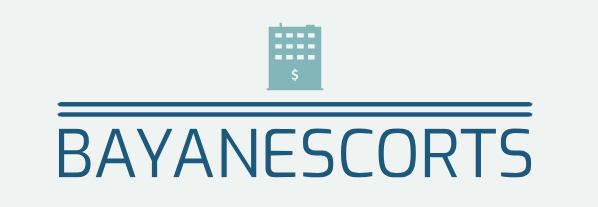The Golden Elephant
 There is a “golden elephant in the room,” according to Robert Zoellick, the American who heads the World Bank.
There is a “golden elephant in the room,” according to Robert Zoellick, the American who heads the World Bank.
As world leaders headed to Seoul for the G-20 summit last week, gold hit a record-high price of $1,400 an ounce, and Zoellick made a surprising proposal. In an opinion piece in the Financial Times, he wrote that “The system should…consider employing gold as an international reference point of market expectations about inflation, deflation and future currency values.”
The media were quick to interpret Zoellick’s statement as a call for the return of the gold standard, a system in which the value of paper currency is directly pegged to the supply of gold. However, in an interview with CNBC, Zoellick explained that he did not mean to propose tying currency values directly to any hard asset.
Zoellick said he had simply intended to suggest that governments pay more attention to what gold says about the financial community’s confidence in national currencies. Right now, that confidence looks very shaky.
In his Financial Times column, Zoellick noted that markets are already “using gold as an alternative monetary asset.” The peak in gold prices before the G-20 summit demonstrated investors’ worries over fluctuating currency values and their desire for more stable assets. What “the price of gold has been telling people is that there is a lack of confidence in some of the fundamental growth policies,” Zoellick said.(1) He called for a new package of international reforms aimed at spurring growth.
But while Zoellick may never have intended to raise the possibility of a gold standard, the fact that people instantly interpreted his comments that way demonstrates the persistent support in some quarters for that idea – a very misguided one – and the mounting concern that the world’s major trading currencies are all being manipulated or debased.
I doubt any central banker today would support the idea of tying the money supply directly to gold. The reason is that there is essentially a fixed supply of gold in the world. Annual mining output does not have much impact, since the gold that can be mined in any one year represents a small fraction of all the gold which has been mined previously. Unlike, say, oil, gold that is produced is almost never consumed. It just ends up in someone’s jewelry box or coin collection or, most likely, in a bullion vault, where it sits until it is sold to someone who will put it in a similar place.
Thus, if the supply of money is set as some fraction of the supply of gold, the money supply becomes fixed. The need for money, however, is not fixed; it expands as commerce expands. The need for money also increases when the money’s “velocity,” the rate at which people spend it, slows down. If the money supply is not increased in response to decreases in velocity, the economy contracts sharply.
Back in the days of the gold standard, recessions were sharp and frequent, and bouts of deflation were common. There were literally shortages of money. The greatest money shortage of all became known as the Great Depression. In 1933, one of President Franklin D. Roosevelt’s first acts in office was to break the tight link between gold and the U.S. money supply.
But those who wanted Zoellick to advocate a gold standard are not entirely misguided in their thinking. The public is becoming increasingly aware that the supply of money needs to be related to something. The Federal Reserve’s “liquidity injections” have left many worried that paper currency, or at least green paper currency with the word “dollar” on it, will soon become meaningless.(2)
A country’s money supply needs to be related to something, but that something is not gold; it is the county’s output of goods and services. Ideally that output should also be closely related to the country’s consumption. In the United States we have a chronic problem balancing the two. We consume more than we produce, and we borrow the money, or accept foreign investment, to make up the difference. By effectively printing up as much money as we need to finance the stuff we want to buy, the Federal Reserve is matching the money supply to consumption (or the consumption it wants to promote), rather than to output.
This policy is only supposed to last long enough to stimulate the economy over the next eight months, but if the economy remains sluggish, it’s possible that the Fed will dump in even more money. And, as the value of the dollar declines, foreigners may be reluctant to buy the newly issued Treasury debt, demanding interest rates higher than the Treasury can afford to pay. In that case, the Fed will have to choose between allowing the Treasury to default and printing up more money. Given the choice, the Fed will immediately kick the printing presses back into high gear, further eroding the value of the dollar.
Imposing a gold standard would be similar to erecting a brick wall to stop a runaway train. It might halt the collapse of the dollar, but it would do a lot of damage in the process. Rather than throwing up a wall, we need to get the train back under control. That will require us to restore balance between what we produce and what we spend.
Sources:
(1) CNBC: Zoellick Sees ‘Elephant,’ Not Endorsing Gold Standard
(2) Merco Press: Germany Blasts Latest US Fed Reserve Plan To Pump More Money
